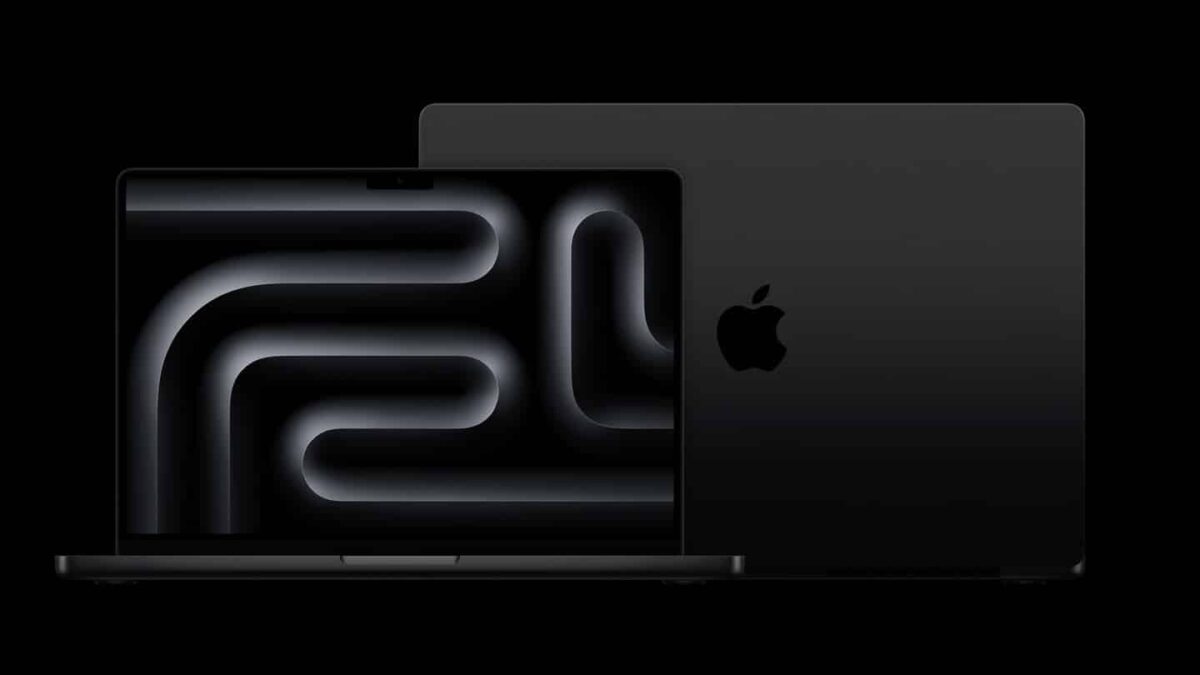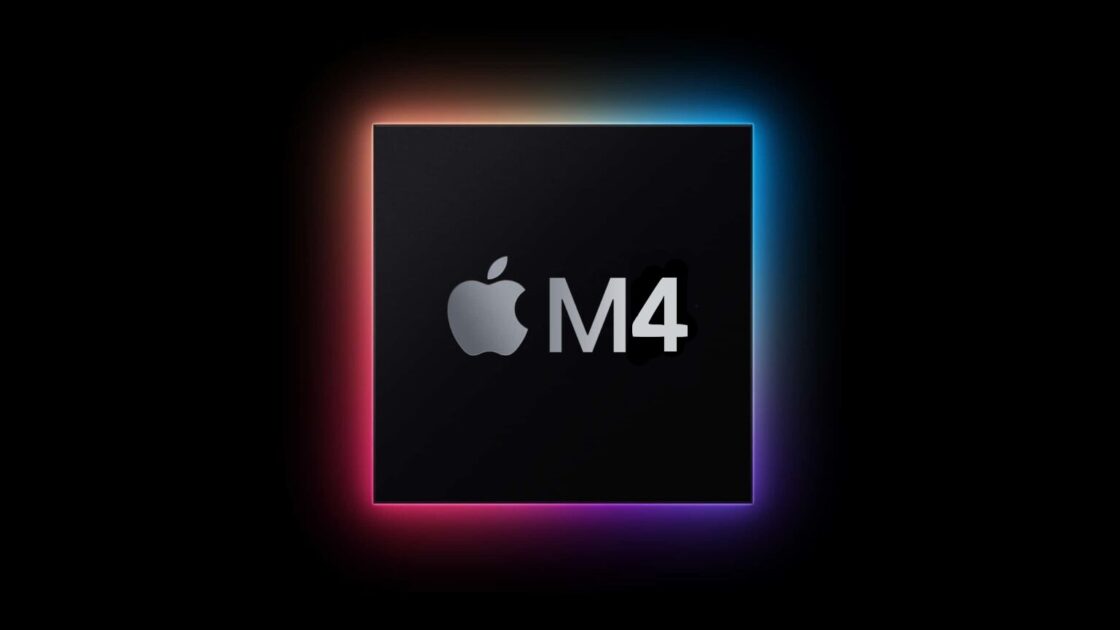Apple’s M4 MacBook Pro is expected to launch sometime between late 2024 and early 2025, but there’s already speculation about what it will bring. Let’s delve into the details of what we can expect from the upcoming MacBook Pro.

Performance enhancements:
Apple’s M-series processors have redefined performance benchmarks in the laptop industry. The M4 is expected to further raise the bar with improvements in CPU and GPU capabilities. We can anticipate higher clock speeds, additional cores for multitasking prowess, and optimized efficiency for sustained performance.

Graphics power:
Graphics-intensive tasks such as video editing, gaming, and 3D rendering have seen substantial improvements with Apple Silicon. The M4 could introduce even more powerful integrated graphics or possibly offer configurations with dedicated GPUs for professional users who demand top-tier performance.
Battery life:
One of the standout features of Apple Silicon has been its exceptional energy efficiency. The M4 chip is likely to continue this trend, potentially delivering longer battery life, and enabling users to stay productive for extended periods without needing to recharge.
AI and machine learning:
Apple has integrated machine learning cores into its recent processors, enhancing tasks like image processing and voice recognition. The M4 could further augment these capabilities, facilitating faster and more efficient AI-driven tasks on the MacBook Pro.
Memory and Storage Integration:
Apple has been integrating more components directly onto its chips, such as RAM and storage. The M4 could introduce faster and more efficient memory solutions, further blurring the lines between traditional CPU and system memory.
Connectivity and features:
With each iteration, Apple refines connectivity options and introduces new features. The M4 MacBook Pro might support advancements like 5G connectivity, enhanced security features, and improved integration with other Apple devices, fostering a seamless ecosystem experience.
Design and thermal efficiency:
Apple’s custom chips have enabled sleeker and more thermally efficient designs. The M4 could pave the way for even thinner and lighter MacBook Pro models, potentially reducing or eliminating the need for active cooling solutions.
Developer support:
Apple’s transition to ARM-based architecture requires ongoing support from developers. The M4 launch would likely coincide with updated developer tools and software optimizations, ensuring compatibility and maximizing performance for macOS applications.
In summary, the anticipation surrounding Apple’s M4 MacBook Pro is palpable, with enthusiasts and professionals eagerly awaiting the next leap in performance, efficiency, and innovation. As Apple continues to refine its custom silicon strategy, the M4 promises to further solidify its position at the forefront of laptop technology.
Read more: